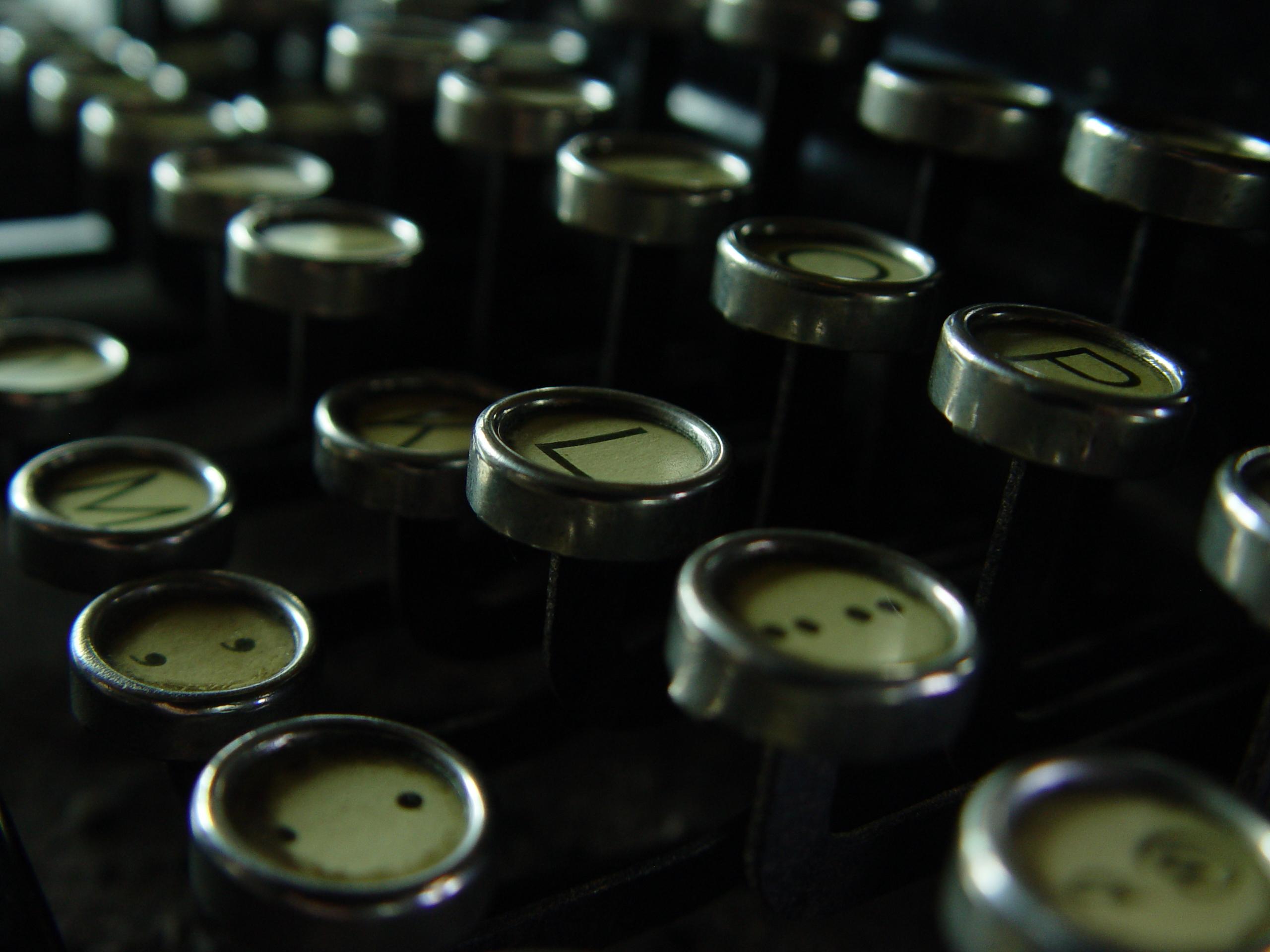Over the last few weeks, I’ve discovered something about myself: I have an analog brain.
By “analog” I mean that in the figurative, not literal, sense of the word. My brain functions by sending and receiving electrical signals, but those signals don’t really determine how my brain processes that information.
Interestingly, the idea of having a figuratively “analog brain” means that you think in analog patterns, and process information in very non-digital ways.
So what does that have to do with Productivity and Creativity? Everything.
When you’re creating things (music, stories, art, etc), there is a process where the ideas in your head get translated into something tangible. There are tools designed to do this. It may be a paintbrush, a guitar, a word processor, or whatever. But in some way, you have to take what’s in your head, and translate it into another format. The different tools we use to do this have changed over the years, but in some cases, they haven’t improved the way we use them. Because our brains haven’t adapted to work in different ways as fast as technology has, we still think of painting as using a brush- even if it’s a “digital” brush. We still type on keyboards designed around 100+ year old typewriters. We still make music (acoustically) with a microphone and an instrument or voice.
Technology has increased the things you can do, but it hasn’t really addressed the way we do them, or why.
I have been intentionally thinking about what my passion for music can do. Almost all of my waking thought process revolves around making music, and I’m really trying to do something God-centered with it. I know when I play music, I feel closer to God, but I’m asking God to show me how He wants me to use it.
The how of making music is something that is still somewhat of a learning process. I know how to play music, but recording it to share with others doesn’t come easy. My biggest revelation of recent note was after I tried using a friend’s old Tascam 8-track recorder.
I realized, as I threw together a few demos, that having a hardware interface, with no computer, made a HUGE difference in how easy it was for me to get ideas down.
There are a couple of reasons for this: I spent more time playing music than fiddling with the computer settings. I didn’t worry about making it sound perfect before I hit Record. I didn’t have to spend 10 minutes routing everything… I just hit a button to connect it, and I was up and rolling.
I still have to overcome the limitations of having a place to record in, but as far as the process goes, I’m making progress.
Lessons For Creating- Why, How, Where, When, and What
When trying to create something, the what isn’t as important as the why or how. I mean, yes, the end result is important, but unless you get the why and the how figured out, you’re not going to have an end result that’s worth anything. So ask these questions, roughly in this order:
- Why do you want to create something? What’s your message?
- How do you want to create it? Using what medium or process?
- Where is the best place for you to create? Do you have somewhere that inspires you? Does it physically facilitate the process?
- When is the best time to create? When the idea is fresh in your mind- when you’re not tired? When you’re not rushed, or maybe when there’s a deadline?
- What is the end result going to look like? Does it require packaging, formatting, editing, and such?
If you can answer these questions, you will be well on your way towards being productive and creative!


Hi,
There are many ways people can help out in their local community. Since entrepreneurship is my area of expertise, I’d love to write about how to move into a new city, plug in and start a business to help your community.
Would you like to see this topic covered in an article for your website? If so, please let me know and I’ll send it over when finished. It’s 100% free!
Hope to hear from you,
Dean